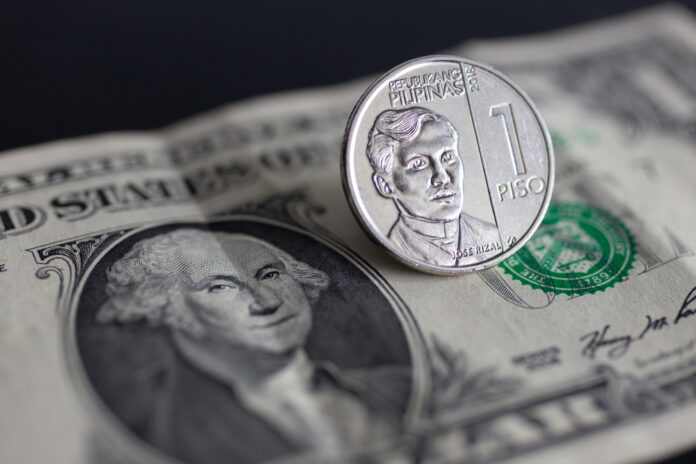The local currency the peso weakened further on Tuesday, closing at ₱59.13 against the US dollar, as investor concerns grew over the country’s economic outlook and government spending slowdown.
The Bangko Sentral ng Pilipinas (BSP) quickly said the exchange rate is determined by market forces, emphasizing that it only steps in to limit sharp inflation-driven swings rather than control daily movements. The central bank added that the country continues to have strong foreign reserves, and the peso remains supported by remittances, tourism, and business process outsourcing (BPO) inflows.
Analysts say the peso’s weakness reflects market worries about slower growth, partly due to an infrastructure spending controversy and expectations of more interest rate cuts by the BSP. The central bank earlier cut policy rates in October and hinted at another 25-basis-point reduction in December, with further easing possible in 2026.
Economist Jonas Ravelas forecast the peso to end the year at around ₱58.90 per dollar, but warned it could break past ₱60, potentially reaching ₱61–₱62 early next year if trade tensions and political issues persist. EastWest Bank CEO Jerry Ngo also noted that slower government spending has added to market pressure.
Some analysts, however, expect the peso to recover slightly in December, as remittances from overseas Filipinos usually peak during the holidays.
The BSP is expected to manage volatility around the ₱60 level, conserving its dollar reserves and intervening only if the peso weakens sharply. The ₱60-per-dollar mark is now seen as a psychological support level in the near term.







